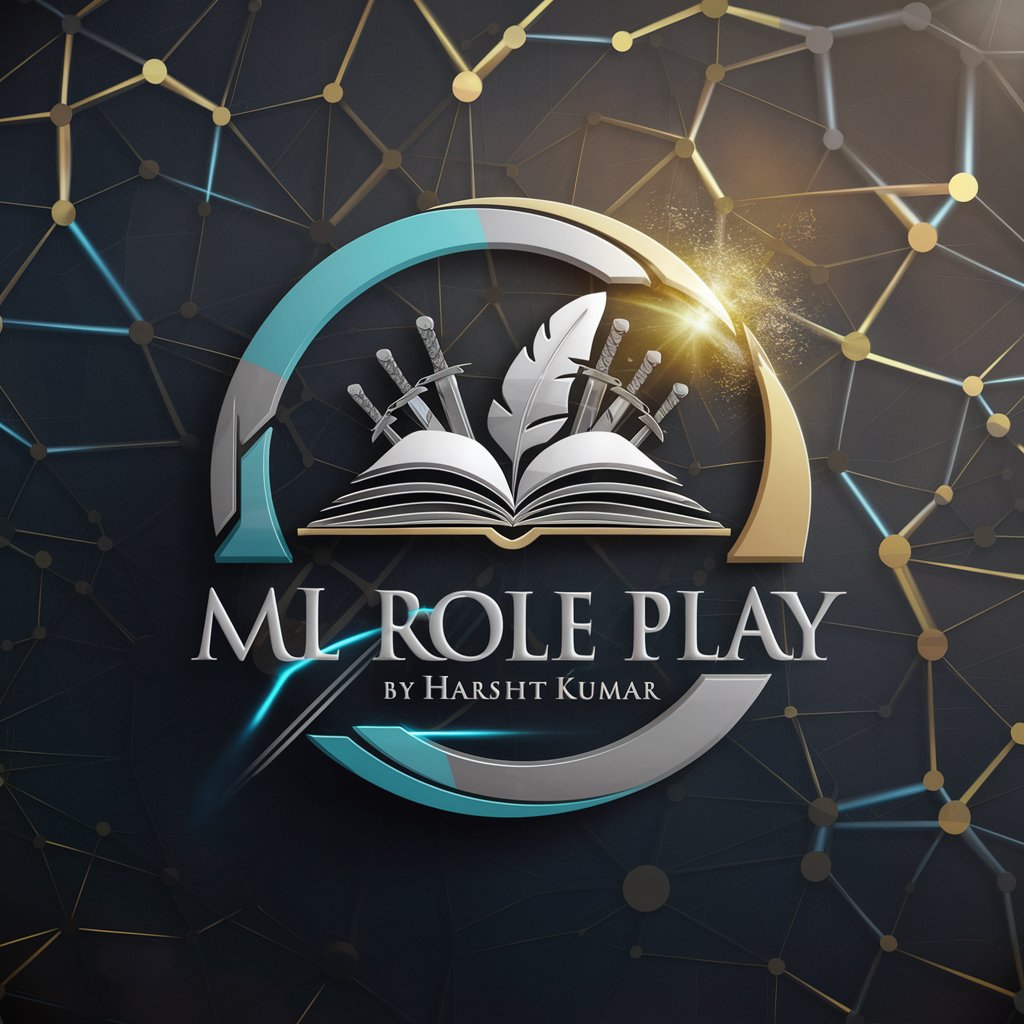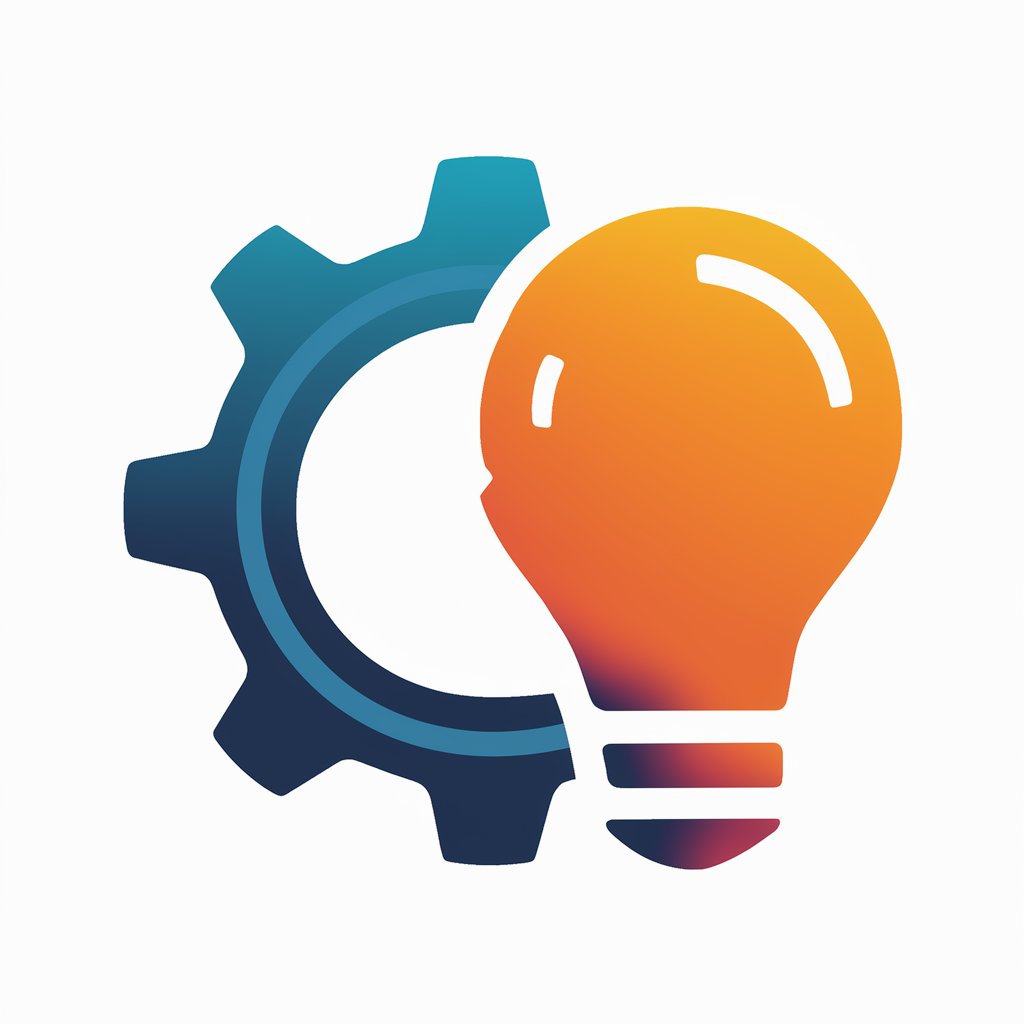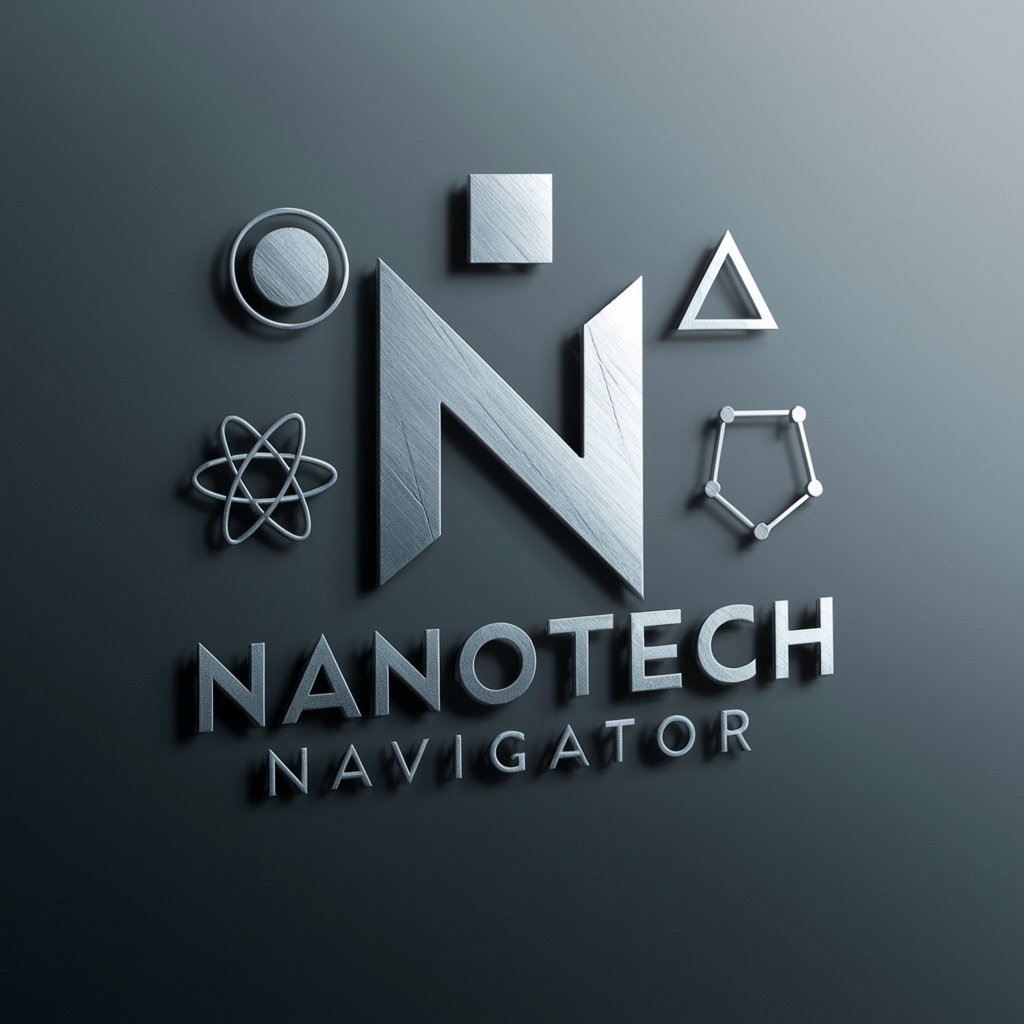
Semiconductors - In-depth Semiconductor Insights

Welcome to Semiconductors AI, your source for in-depth semiconductor knowledge.
Empowering Semiconductor Mastery with AI
Explain the role of silicon in semiconductor manufacturing...
Describe the process of photolithography in chip fabrication...
What are the key differences between MOSFETs and BJTs...
How do advancements in semiconductor technology impact the electronics industry...
Get Embed Code
Introduction to Semiconductors
Semiconductors are materials with electrical conductivity that falls between conductors (like copper, gold) and insulators (like glass, rubber). This unique property is derived from the material's band gap, which is narrow enough to allow electron movement under certain conditions, such as the application of light, heat, or electrical fields. The fundamental design purpose of semiconductors is to control the flow of electrical current in electronic devices, which is achieved through doping. Doping involves adding impurities to the semiconductor material to alter its electrical properties, creating either n-type (electron-rich) or p-type (hole-rich) semiconductors. Common semiconductor materials include silicon (Si), germanium (Ge), and gallium arsenide (GaAs). Examples of semiconductor applications range from basic diodes, which allow current to flow in one direction, to complex integrated circuits (ICs) found in computers and smartphones, illustrating their essential role in modern electronics. Powered by ChatGPT-4o。

Main Functions of Semiconductors
Rectification
Example
Diodes
Scenario
Diodes, made from semiconductor materials, are used to convert alternating current (AC) to direct current (DC), a crucial process in power supplies for electronic devices.
Amplification
Example
Transistors
Scenario
Transistors amplify weak electronic signals to stronger ones, enabling functionalities like audio amplification in hearing aids and signal amplification in radio transmitters.
Switching
Example
Silicon-based switches
Scenario
Semiconductor switches control the flow of electrical current in a circuit without moving parts, critical for digital logic in computers and smartphones.
Light Emission
Example
LEDs
Scenario
Light Emitting Diodes (LEDs) use semiconductors to produce light efficiently, revolutionizing lighting and display technologies in screens and bulbs.
Sensing
Example
Photovoltaic cells
Scenario
Semiconductor-based photovoltaic cells convert light into electrical energy, underpinning solar panel technologies and calculators.
Ideal Users of Semiconductor Services
Electronics Manufacturers
Companies engaged in the design and manufacture of electronic products, including consumer electronics, automotive electronics, and industrial machinery. These users benefit from semiconductors' ability to offer compact, efficient, and reliable components essential for modern electronic devices.
Research and Development (R&D) Entities
Academic, governmental, and private sector research institutions focused on advancing technology through innovation in materials science, electrical engineering, and information technology. They benefit from semiconductors in developing new devices and systems, exploring the limits of miniaturization and efficiency.
Technology Consumers
End-users and consumers of technology products, such as smartphones, computers, and smart home devices. These individuals benefit from the advancements in semiconductor technology that drive the performance, efficiency, and functionalities of their devices.

Using Semiconductors
Start with a Free Trial
Begin by accessing a free trial at yeschat.ai, no registration or ChatGPT Plus subscription required.
Identify Your Needs
Determine the specific semiconductor topics or questions you need assistance with, such as materials, fabrication processes, or technological advancements.
Utilize the Search Function
Use the built-in search feature to find information or ask direct questions related to semiconductors for precise, technical answers.
Apply the Information
Apply the insights and data gathered to your specific project, research, or study to enhance understanding or solve complex problems.
Explore Advanced Features
Leverage advanced features for deeper dives into semiconductor technology, including latest trends, detailed analyses, and comprehensive explanations.
Try other advanced and practical GPTs
Story Architect
Empower Your Writing with AI

Magic Talesmith
Bringing Stories to Life with AI

ML Role Play by Harshit Kumar
Empowering ML Understanding Through AI

GallopMaster
Optimize Racing with AI-Powered Insights

Manager's Growth Guide
Empowering Managers with AI-Driven Development

Dalton & Michael GPT
Empowering Entrepreneurs with AI-driven Insights

Good Mood
Lift Your Spirits with AI-Powered Humor

Nanotech Navigator
Empowering Nanotech Innovation with AI

HanVerse Aligned Acrostic Creator
Crafting cross-linguistic acrostic poems with AI

Lexideck The Chroma Clash RPG
Shape Your Destiny in a World of Color

Guide to Homemade Herbal Remedies
Empowering natural healing with AI

Article Insights Navigator
Elevate Your Writing with AI Insights

Semiconductors Q&A
What are the basic properties of semiconductor materials?
Semiconductor materials exhibit electrical conductivity between that of conductors and insulators. They are characterized by their band gap, which allows them to control electron flow under different conditions. Semiconductors can have their conductivity altered by doping, temperature changes, and the application of light.
How does doping affect semiconductor functionality?
Doping involves adding impurities to a semiconductor to modify its electrical properties. N-type doping adds electrons, enhancing conductivity, while P-type doping creates holes (positive charge carriers), also increasing conductivity. This process is fundamental in creating diodes, transistors, and other semiconductor devices.
What is Moore's Law, and is it still relevant?
Moore's Law observes that the number of transistors on a microchip doubles approximately every two years, though the pace has slowed. It's a benchmark for technological progress in semiconductors, indicating continuous improvement in processing power and efficiency, albeit with increasing challenges in maintaining this pace.
Can you explain the significance of silicon in semiconductor manufacturing?
Silicon is the most widely used material in semiconductor manufacturing due to its abundance, cost-effectiveness, and excellent semiconductor properties. Its stable oxide (SiO2) is beneficial for insulating and protecting devices, making silicon ideal for a wide range of electronic components.
What are the latest advancements in semiconductor technology?
Recent advancements include the development of 2D materials like graphene, transition to smaller manufacturing nodes (e.g., 5nm, 3nm processes), and innovations in 3D transistor designs. These advancements aim to increase performance, reduce power consumption, and overcome the limitations of traditional scaling laws.